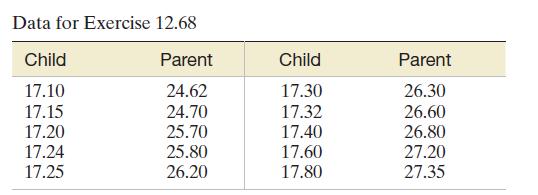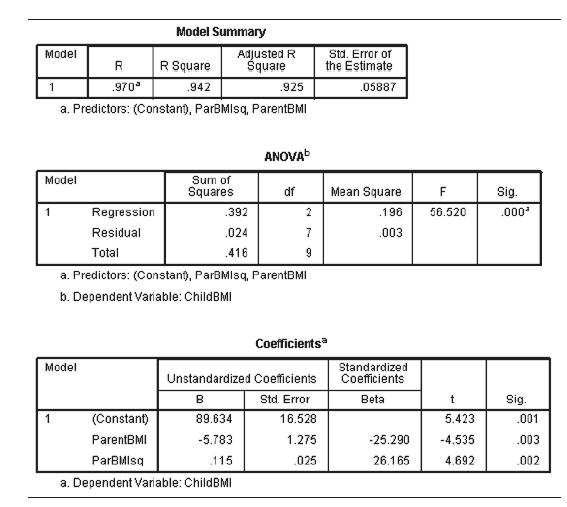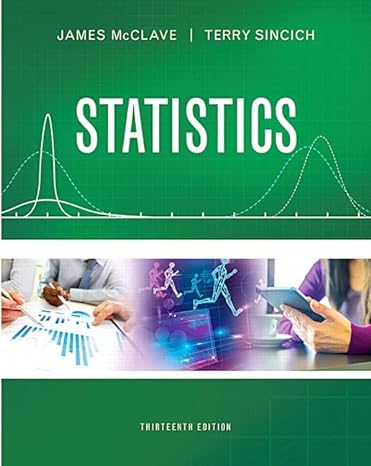Childhood obesity study. The eating patterns of families of overweight preschool children were the subject of an
Question:
Childhood obesity study. The eating patterns of families of overweight preschool children were the subject of an article published in the Journal of Education and Human Development (Vol. 3, 2009). A sample of 10 overweight children living in a rural area of the United States was selected.
A portion of the research focused on the body mass index of each child and his/her parent. (Body mass index—
or BMI—is determined by dividing weight by height squared.) These data are provided in the table on p. 723.
The researchers were interested in determining whether parent BMI could be used as a predictor of child BMI for overweight children.
a. For this study, identify the dependent and independent variables.
b. Construct a scatterplot for the data. What trend do you observe?
c. A quadratic model was fit to the data, with the results shown in the SPSS printout below. Give the least squares prediction equation.
d. Is the overall model statistically useful? Test using a = .05.
e. Is there evidence of upward curvature in the relationship between child BMI and parent BMI? Test using a = .05.
f. Do you agree with the statement, “for obese children, child BMI increases at an increasing rate as parent BMI increases”?
Step by Step Answer:

Statistics Plus New Mylab Statistics With Pearson Etext Access Card Package
ISBN: 978-0134090436
13th Edition
Authors: James Mcclave ,Terry Sincich






